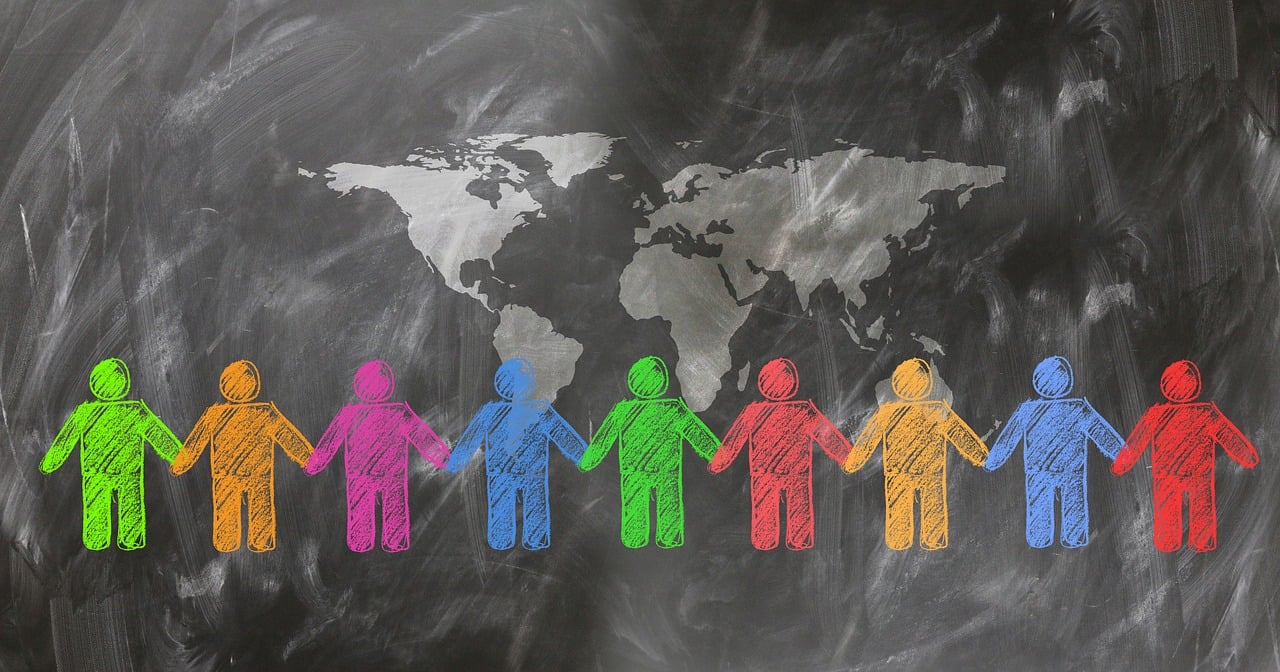
Demographic statistics reveal a sustained increase in the world population.
Population is a concept that comes from the Latin term populatĭo . In its most common use, the word refers to the group made up of people who live in a certain place or even on the planet in general. It also allows us to refer to the spaces and buildings of a locality or other political division , and to the action and consequences of populating .
For example: "The population should take to the streets to demand that the leaders fulfill what they promised" , "We should do something to increase the population of the village" , "The increase in population worldwide is worrying" .
The world population
In this way, and adding some interesting data, we could establish that currently the world population exceeds 7,000 million inhabitants and that the countries that are currently among the most populated on the entire planet are China , India , the United States. United States , Indonesia , Pakistan , Nigeria and Brazil .
As far as continents are concerned, Asia is the most populated with more than 4 billion citizens ; The second position is for Africa with more than 1,000 million ; Third place belongs to America , which exceeds 900 million ; Fourth place goes to Europe, which has managed to reach just over 700 million , and finally, Oceania, which has less than 400 million inhabitants .
The concept in ecology and sociology
For ecology , a population is made up of a group of specimens of a certain species that share a habitat. Sociology , on the other hand, considers populations as sets of people or things that can be analyzed using statistics thanks to sampling.
It should be noted that the study of populations, in general, is developed according to probabilistic laws , so the conclusions of said research may not be applicable to certain individuals. The discipline that studies human populations is called demography .

Migratory flows generate changes in the structure of the population.
Population, biology and economics
Given the trend that shows an increase in the number of people that make up the human population, various sciences have expressed their theories and analysis. From biology , it is maintained that man is not in a position to regulate his numerical growth since he acts like any other living being.
In this sense, it must be stated that precisely this demographic boom and growth that is experienced in the area of the population of cities, countries and the world has its origin in many and varied causes. However, among the most significant is the fact that there has been an increase in life expectancy and a drop in the mortality rate as a result of the set of medical, technological and economic advances that are taking place. That is, the achievement of a better quality of life.
A reason to which we should add many other major reasons, among which is, for example, the fact that there has been a greater presence of a young population that is of age to leave children.
In the field of economics , Marxist thought associates the increase in population with the needs of work and the capitalist system to have more workers. Cultural theory , on the other hand, trusts that the human being, as a rational animal, can manage population growth through various birth control policies, the appeal to contraception and family planning.

The growth of the world population produces greater consumption of natural resources and threatens sustainability.
The quality of life
The fact that there are more and more people in the world requires that rulers work to guarantee the quality of life of the entire population. Human beings live longer than centuries ago, which means their needs are prolonged or even new ones arise.
Access to housing , for example, is part of human rights. The increase in population density should not lead to more people experiencing homelessness or overcrowding.
Access to health care must also be guaranteed for all individuals, as well as access to the labor market for adults of working age. The question of work goes hand in hand with literacy and educational level: without quality education, it is almost impossible to develop professionally.
The increase in the total population demonstrated by each census requires a new urban planning , with the infrastructure and public services necessary for human development but, at the same time, without harming the environment. In fact, the ecological footprint must be minimized to avoid contributing to climate change and sanitation actions are needed for the recovery of ecosystems.
Quality of life can also be linked to peaceful coexistence . Beyond satisfying needs, globalization requires citizens to learn to tolerate cultural diversity, avoiding discrimination against minorities and accepting multiculturalism.
